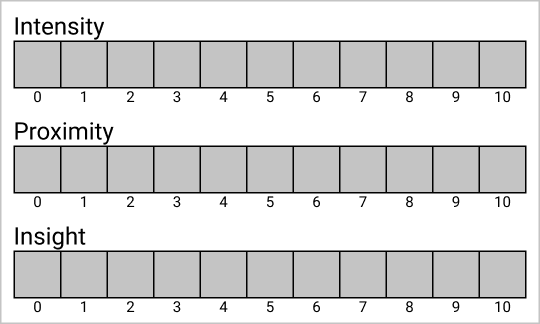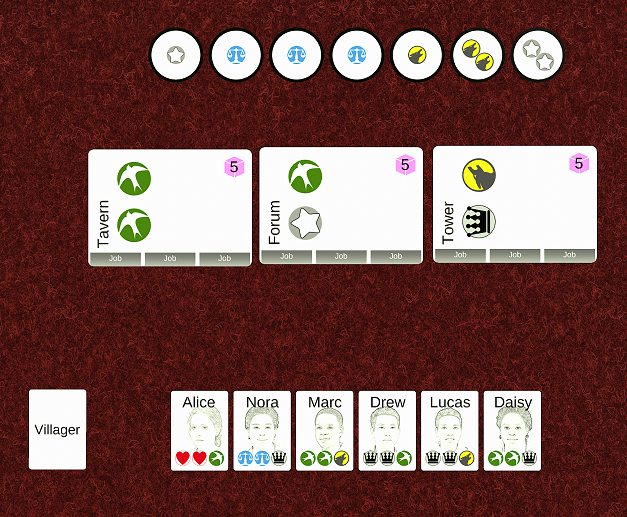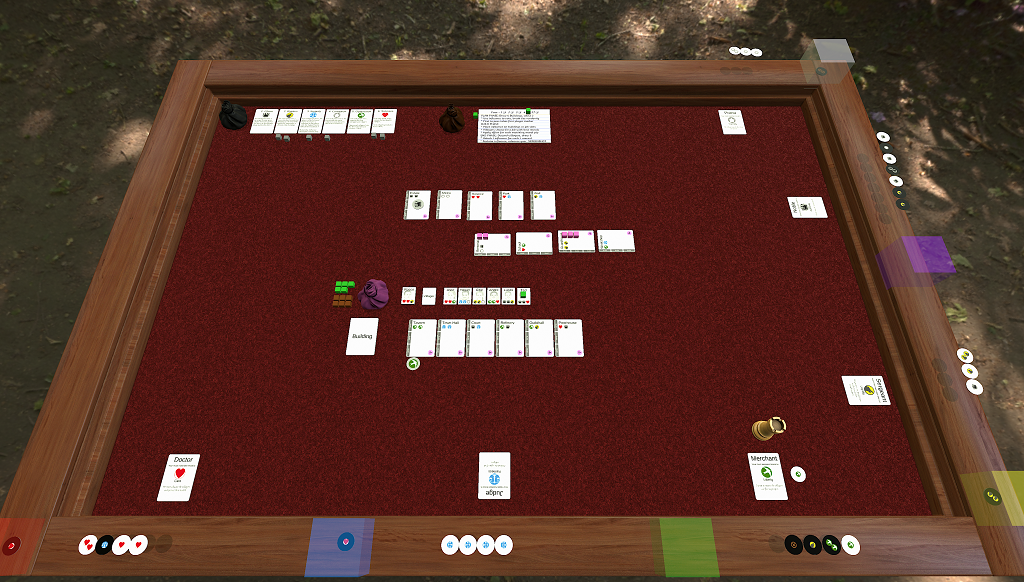I’m trying to get enough cards and tiles together for a first playtest of Haunt Control Inc. this upcoming Saturday. At least, a first playtest for this prototype. This morning I worked on item and creature cards for the Myterious Mansion site module. This would be easier if I had any clue how I want the light and fire mechanisms to work. I know those mechanisms feel like they should be important to the game, but they aren’t so core that I need to figure them out before this early crappy-first-draft playtest. Unfortunately, that’s a strong clue they aren’t needed in the game at all, and thus should be removed.
Note that I have done some solo playtesting of this prototype. I won’t subject playtesters to something I haven’t at least tried to solo playtest. They would only find things that should have been obvious to me. That’s a disrespectful waste of their time.
I like having a couple of creatures in the site module. There are some interesting interactions there, potentially, that force the players into hard choices. If the Frightened Vagabond is incapacitated, the players lose, so they may need to escort her to the exit, or at least talk her into moving that direction. The Stray Dog can help the agents sense trouble, and maybe even help them fight. Not quite done with that one yet.
If I can get a dozen site cards together–in addition to the items, which go in a separate deck–that will be plenty. I also want about that many non-item ghost cards. And about that many area tiles. I really should focus on the area tiles, because I don’t really have anything there yet.


